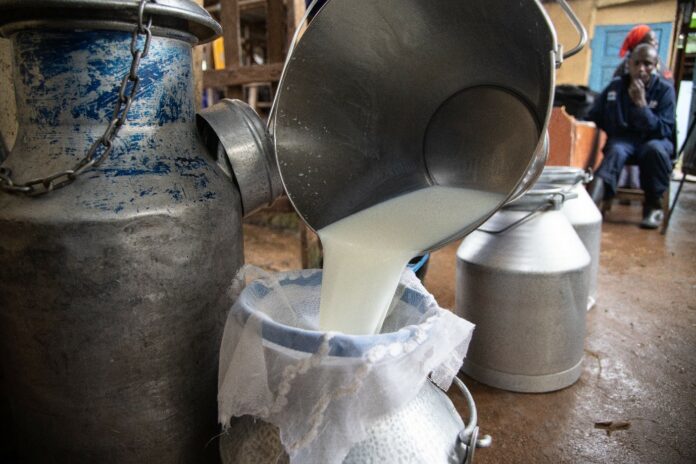What would you do if you lost your job today? Sit down and cry or look for another? For David Wamai, who is the co-founder of Rhino Park Dairy Resource Centre, seeking employment after losing his job was the last thing that would ever come to his mind.
A lawyer by profession, Wamai forged a career in dairy farming that has impacted not only his life but also the whole of society. In partnership with Tanolope Consulting (a dairy firm), he came up with feeding alternatives to cut down the cost of production while ensuring higher milk production.
“We brought in biogas and started mixing our rations for the dairy meal because we were trying to put our overheads down,’’
The average production for Wamai’s lactating animal is 30-35 litres. Wamai explains that production peaks in the first 3-5 months of lactation. He milks his eight cows thrice daily, depending on the lactation stage, and feeds them thrice after every milking exercise.
8 things you need to know to succeed in dairy farming
According to him, for a cow to produce more milk, the only secret is ensuring the feeds and water are balanced. The water you feed to your animals should be as clean as fit for human consumption. This makes the cow comfortable when taking it, thereby producing more milk, given that water accounts for over 80 per cent of milk components.
To enhance a higher milk production and monitoring value, Wamai’s partner Alex Gathii, who is a dairy nutritionist, explains that hygiene is very important as it keeps the animal healthy.
“Breeding is also very important; instead of having 100 herds of cows that are producing 10 litres each, you can keep your 20 cows that are producing 30 litres each, and you will be in business,’’
he said
On feeding the cows, Gathii said that the cows should be fed depending on their weight. Each of Wamai’s cows consumes 3 per cent of its total weight.
“Basically is between 14-19 kilos of dry matter, the key component of the feeds we give to the cow. The source of the dry matter could be the dairy meal, Lucern, Calliandra, or Desmodium. The higher the dry matter, the good for you,’’
said Gathii.
On disease prevention, Wamai provides the cows with mineral supplements to prevent mineral deficiency which may lead to conditions such as retained placenta. He also uses mastrite teat dip to prevent mastitis-causing bacteria. Gathii emphasized the need for maximum space, rest, air circulation, and feeds.
John Chege: Learn from my 3 eighth-acre dairy farms where I keep 100 dairy cows
Wamai is not only doing farming but a pundit kind of farming. All his cows are registered under the Kenya Statistics Body with details including date of birth and their parent-animal.
For identification, he uses ear notches on every cow.
“If one has a problem and the vet comes when I’m not around, I can simply tell him Sydney is the one that requires your attention.’’
Some of the milk produced on Wamai’s farm is used by his wife, Maryanne Wamai, in the production of yoghurt, while the rest is sold to individual buyers, institutions, and corporates. They sell the raw milk at a farm gate price of Ksh 75-80 per litre. His farm consists of eight cows, each producing 30-35 litres daily.








